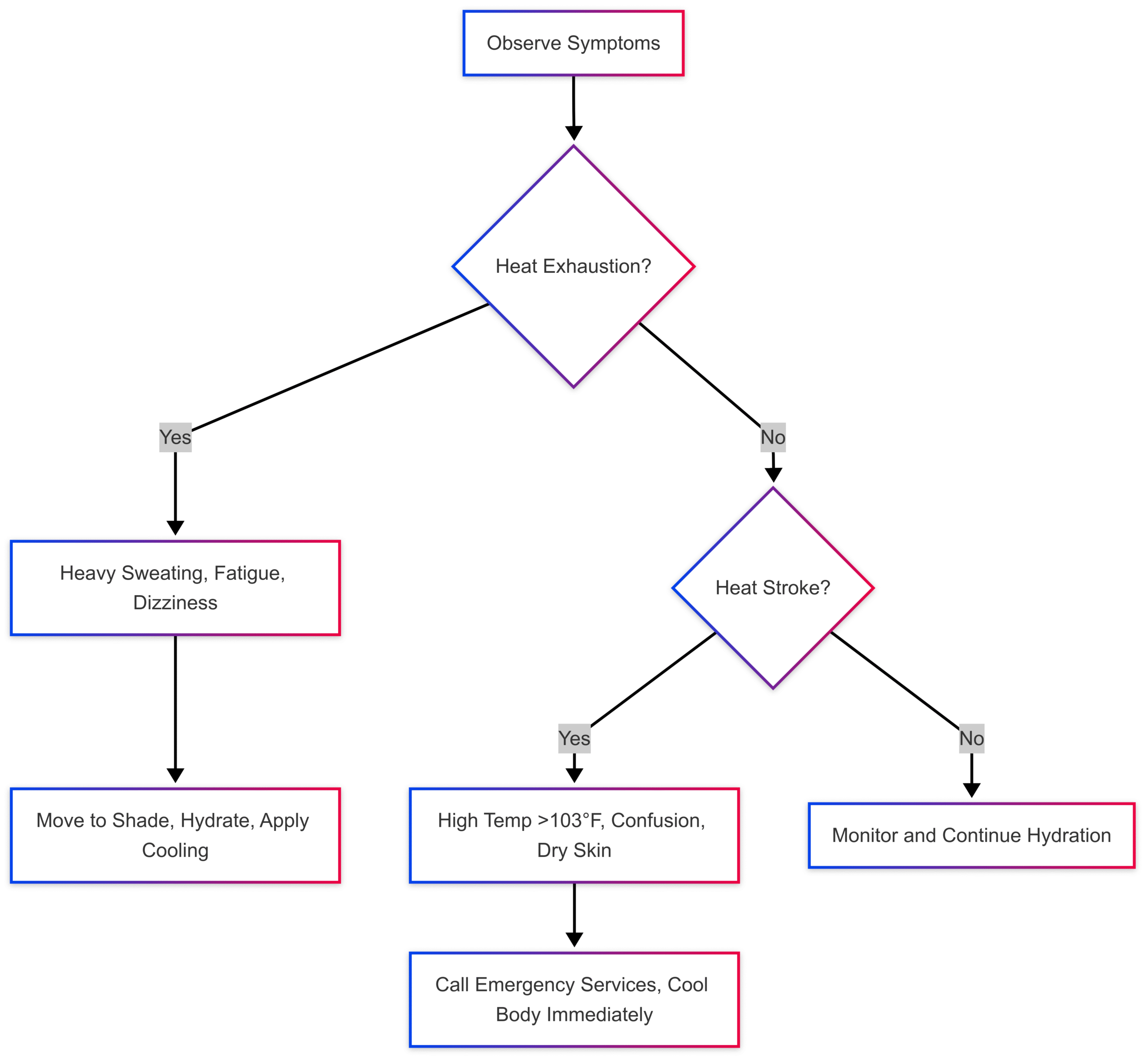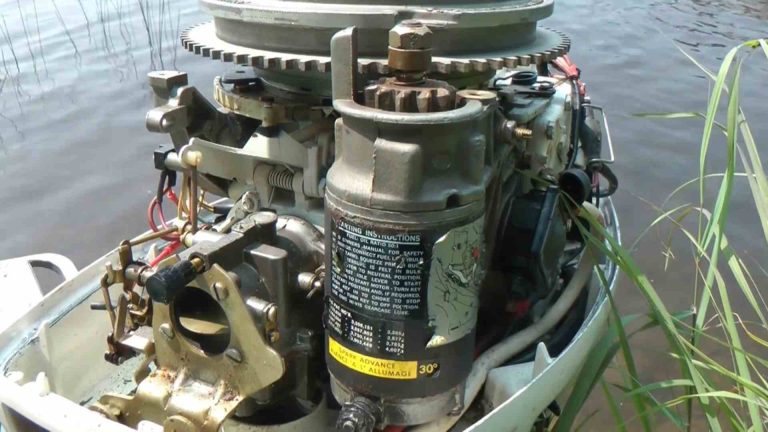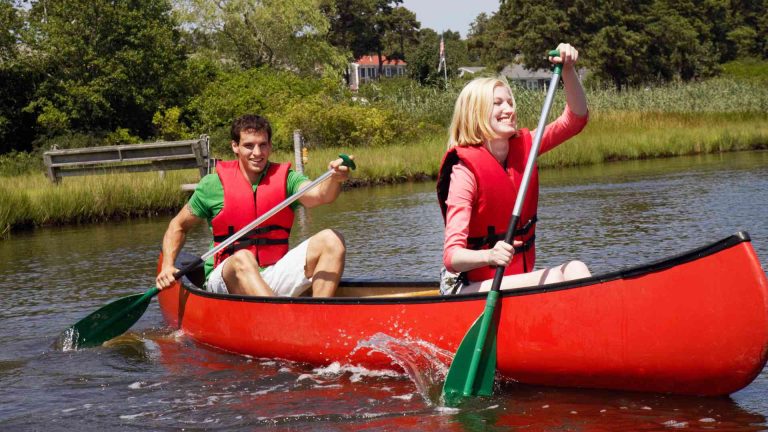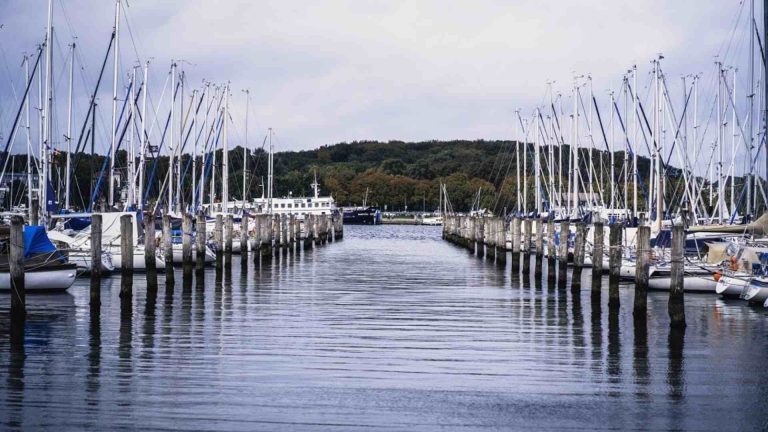10 Safety Tips for Boating in Hot Weather
Discover 10 essential safety tips for boating in hot weather, including hydration, sun protection, and boat maintenance to ensure a safe and enjoyable summer on the water.
Boating in hot weather offers a thrilling way to enjoy summer, with the sun sparkling on the water and the breeze providing a refreshing escape. However, soaring temperatures and intense UV exposure can pose significant health and safety risks for boaters. From dehydration and heatstroke to equipment failure, hot weather amplifies the challenges of a day on the water. By following these 10 essential safety tips, you can ensure a safe, enjoyable, and worry-free boating experience for you, your passengers, and your vessel.
This comprehensive guide covers preparation, on-water precautions, and equipment considerations, drawing from expert recommendations by organizations like the U.S. Coast Guard, the National Safe Boating Council, and the Water Sports Foundation. Whether you’re a seasoned boater or a first-time captain, these tips will help you navigate the heat safely.
1. Check the Weather Before You Go
Hot weather can intensify boating risks, as high temperatures often come with unpredictable conditions like sudden storms or strong winds. Always check the marine weather forecast before heading out, using reliable sources like the National Weather Service’s Marine Forecasts (www.weather.gov/marine). Pay attention to expected temperatures, UV index, wind speeds, and potential storm warnings.
While on the water, continue monitoring conditions using a VHF radio or weather apps. Look for signs of changing weather, such as darkening clouds, sudden temperature drops, or increased wind speed. If conditions deteriorate, seek shelter promptly and update anyone with your float plan about changes to your itinerary.
Why It Matters: The U.S. Coast Guard reports that weather-related incidents contribute to a significant portion of boating accidents. Being proactive about weather checks can prevent emergencies.
2. Plan Your Trip to Avoid Peak Heat
Timing your boating trip strategically can minimize heat-related risks. The hottest part of the day, typically between 11 a.m. and 4 p.m., brings intense sun exposure and higher temperatures, increasing the risk of dehydration and heat exhaustion. Instead, aim for early morning (4 a.m. to 7 a.m.) or late afternoon (after 4 p.m.) when temperatures are cooler and UV rays are less intense.
Trip Planning Checklist:
- Schedule: Plan to launch early or later in the day.
- Route: Choose less crowded waterways to avoid congestion.
- Duration: Keep trips shorter during extreme heat to reduce exposure.
By planning around peak heat hours, you create a more comfortable and safer boating environment for everyone on board.
3. Pack Adequate Supplies for Hydration and Nutrition
Proper hydration and nutrition are critical in hot weather, as the body loses fluids rapidly through sweat. Pack a cooler with plenty of water—at least one quart per person per hour—and electrolyte-rich drinks like sports beverages. Avoid alcohol and caffeinated drinks, as they can exacerbate dehydration.
For food, opt for light, easily digestible options such as:
- Fresh fruits (e.g., watermelon, oranges)
- Vegetables (e.g., cucumber, celery)
- Salads or light sandwiches
Heavy meals can raise body temperature and cause sluggishness, so keep snacks refreshing and energizing. Include ice packs, frozen snacks like ice pops, or cooling towels in your cooler to help regulate body temperature.
Hydration Table:
| Item | Quantity per Person | Purpose |
|---|---|---|
| Water | 1 quart/hour | Prevents dehydration |
| Electrolyte Drinks | 1–2 bottles | Replenishes salts and minerals |
| Ice Packs | 2–3 | Cools pulse points |
| Frozen Snacks | 2–3 | Provides instant cooling |
4. Prioritize Sun Protection
Prolonged sun exposure on the water increases the risk of sunburn, skin damage, and long-term health issues like skin cancer. The water’s reflective surface amplifies UV rays, making protection essential.
Sunscreen
Use a broad-spectrum, waterproof, and sweat-resistant sunscreen with at least SPF 15 for adults and SPF 30 for children. Apply 20 minutes before sun exposure and reapply every two hours, especially after swimming or sweating. Look for sport-specific sunscreens designed for active use.
Protective Clothing
Wear lightweight, light-colored, and moisture-wicking clothing to stay cool and protected. Long-sleeve shirts and pants with UPF (Ultraviolet Protection Factor) ratings of 15–35 offer excellent UV protection without trapping heat. Avoid shoes and socks, which retain heat; instead, opt for sandals or open-toed footwear. A wide-brimmed hat and polarized UV-protective sunglasses are must-haves to shield your face and eyes.
Sun Protection Gear Recommendations:
| Item | Specifications | Price Range |
|---|---|---|
| UPF 50+ Long-Sleeve Shirt | Moisture-wicking, lightweight | $20–$50 |
| Wide-Brimmed Hat | UPF 50+, adjustable fit | $15–$40 |
| Polarized Sunglasses | UV 400 protection, glare reduction | $25–$100 |
| Waterproof Sunscreen | SPF 30+, broad-spectrum, 80-min water resistance | $8–$20 |
5. Create Shade on the Boat
Direct sunlight can lead to overheating and heat-related illnesses. Equip your boat with shade solutions like a Bimini top, canopy, or portable umbrella to provide relief. If your boat lacks built-in shade, consider investing in a foldable canopy or sunshade, which can be easily installed and stored.
Shade Options:
- Bimini Top: A sturdy, permanent shade solution for larger boats ($200–$600).
- Portable Canopy: Lightweight and adjustable for smaller vessels ($50–$150).
- Large Umbrella: Budget-friendly and easy to set up ($20–$50).
Taking regular breaks in shaded areas can prevent heat exhaustion and make your trip more comfortable.
6. Use Cooling Devices
Cooling devices can significantly enhance comfort and safety in hot weather. Portable, battery-operated fans or misting systems are excellent for maintaining a cool environment. Cooling towels, which stay cold for hours when wet, and cooling vests are also effective. Splashing water on the deck or using a wind funnel to channel air into the cabin can further reduce onboard temperatures.
Cooling Device Costs:
| Device | Description | Price Range |
|---|---|---|
| Battery-Operated Fan | Portable, USB-rechargeable | $15–$40 |
| Misting System | Handheld or mounted, battery-powered | $25–$100 |
| Cooling Towel | Reusable, stays cool when wet | $10–$20 |
| Cooling Vest | Adjustable, cooling gel inserts | $50–$150 |
7. Stay Hydrated and Monitor Health
Consistent hydration is non-negotiable in hot weather. Even if you don’t feel thirsty, drink water regularly to replace fluids lost through sweat. Ensure all passengers, including pets, have access to fresh, cool water. During breaks, check for signs of heat exhaustion or heat stroke, especially in vulnerable groups like children and older adults.
Symptoms of Heat-Related Illnesses:
| Condition | Symptoms | Action |
|---|---|---|
| Heat Exhaustion | Heavy sweating, fatigue, dizziness, nausea, muscle cramps | Rest in shade, hydrate, cool body |
| Heat Stroke | High body temp (>103°F), confusion, dry skin, rapid pulse | Seek immediate medical help, cool body |
Chart: Heat Illness Response Flow:

If someone shows signs of heat stroke, act immediately by calling for medical help and cooling them with water, ice packs, or wet clothes.
8. Take Dips to Cool Off
Taking frequent dips in the water is a fun and effective way to lower body temperature. Ensure safe swimming practices by:
- Checking water depth and currents.
- Wearing life jackets, especially for children or weak swimmers.
- Avoiding areas near the boat’s propeller.
Swimming not only cools you down but also adds enjoyment to your boating trip. Always supervise children closely during water activities.
9. Wear Life Jackets and Follow Safety Protocols
Life jackets are critical for boating safety, as drowning accounts for 79% of fatal boating accidents, with 86% of victims not wearing a life jacket (U.S. Coast Guard data). Ensure every passenger has a U.S. Coast Guard-approved life jacket that fits properly. Check state regulations for age-specific requirements, as some mandate life jacket use for children under 13.
Life Jacket Selection Guide:
| Type | Best For | Price Range |
|---|---|---|
| Type I | Offshore, rough waters | $50–$150 |
| Type II | Near-shore, calm waters | $20–$60 |
| Type III | Recreational boating, water sports | $30–$100 |
| Inflatable | Comfort, mobility for adults | $80–$200 |
Additional safety protocols include:
- Boating Safety Course: Enroll in a course through the U.S. Coast Guard Auxiliary or America’s Boating Club to learn navigation rules and emergency procedures.
- Engine Cut-Off Switch (ECOS): Use an ECOS to stop the engine if the operator falls overboard, as required by federal law since April 2021.
- Float Plan: Share your itinerary, passenger details, and expected return time with a trusted contact.
10. Protect Your Boat and Electronics
Hot weather can damage your boat and its equipment. Prolonged sun exposure can degrade materials, while overheating electronics can lead to malfunctions. Take these steps to protect your vessel:
- Use a Floating Boat Lift: A lift protects your boat from sun and water damage when not in use ($1,000–$5,000 depending on size).
- Ensure Ventilation: Open hatches and windows to create a cross-breeze and prevent heat buildup.
- Shade Electronics: Keep navigation systems, radios, and other electronics out of direct sunlight, using fans if necessary.
Boat Maintenance Checklist:
| Task | Frequency | Purpose |
|---|---|---|
| Inspect Hull and Deck | Monthly | Check for sun damage, cracks |
| Test Electronics | Before each trip | Ensure functionality |
| Clean and Cover Boat | After each use | Protect from UV and heat |
Additional Considerations for Safe Boating
- Avoid Alcohol: Alcohol is a leading factor in 23% of fatal boating accidents. Designate a sober skipper to ensure safe operation.
- Use the Buddy System: Never boat alone in extreme heat, as a partner can assist in emergencies.
- Follow Navigation Rules: Adhere to speed limits, no-wake zones, and navigation aids to avoid collisions and fines.
- Nighttime Precautions: If boating after sunset, ensure all navigation lights are operational and stay vigilant for other vessels.
Conclusion
Boating in hot weather can be a highlight of summer, but it requires careful preparation to stay safe. By checking the weather, timing your trip wisely, packing adequate supplies, prioritizing sun protection, and maintaining your boat, you can minimize risks and maximize enjoyment. Equipping your vessel with life jackets, cooling devices, and shade solutions, while staying vigilant about hydration and health, ensures everyone returns home safely.
For more resources, visit BoatCalifornia.com or the U.S. Coast Guard’s Boating Safety website. Stay prepared, stay cool, and enjoy your time on the water with confidence.
Happy Boating!
Share 10 Safety Tips for Boating in Hot Weather with your friends and leave a comment below with your thoughts.
Read Guide to Essential Boating Gear for Summer: 7 Items until we meet in the next article.






